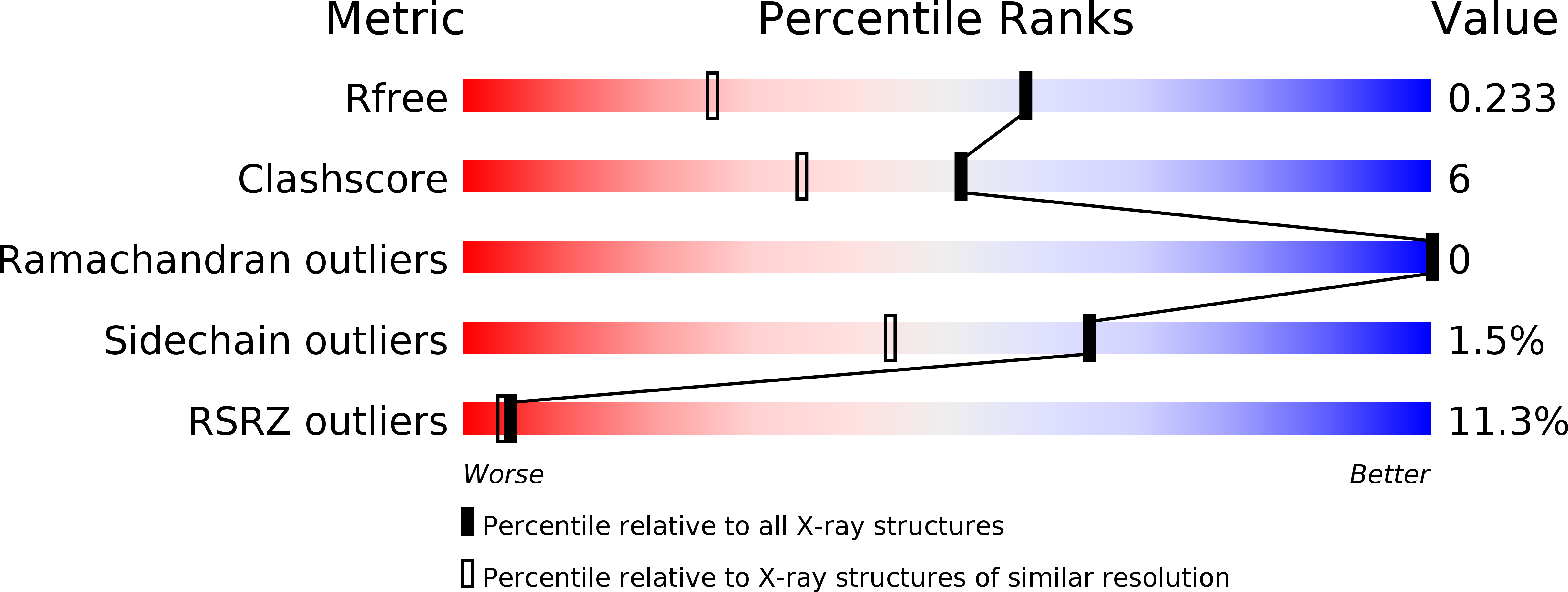
Deposition Date
2006-10-24
Release Date
2007-01-09
Last Version Date
2023-08-30
Entry Detail
PDB ID:
2NNU
Keywords:
Title:
Crystal Structure of the Papillomavirus DNA Tethering Complex E2:Brd4
Biological Source:
Source Organism:
Human papillomavirus type 16 (Taxon ID: 333760)
Homo sapiens (Taxon ID: 9606)
Homo sapiens (Taxon ID: 9606)
Host Organism:
Method Details:
Experimental Method:
Resolution:
1.59 Å
R-Value Free:
0.23
R-Value Work:
0.19
R-Value Observed:
0.20
Space Group:
C 2 2 21


